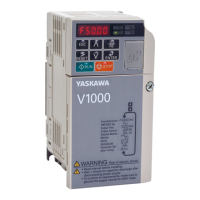2.8.25 MULTIPLE REPETITIVE CYCLES (G 70 TO G 76)+
2, 8. 25.1 General
This option makes program simple and short.
For instance, both stock removal and finishing
are performed only by commanding the finish–
ing work shape.
Table 2.21 Multiple Repetitive Cycles
G code
Name
Remarks
G 70 Finishing cycle
—– — —-
G71 Stink removal in turning
Tip nose radius
-~ Finishing ~ comknsa~on
G 72 Stock removal in facing
~ byG70
possible
‘= possible
G 73 Pattern repeating
G74 [ Peck drilling in Z axis ~
-=c!=minxais.: ::=::di”scOmRnsatiOn
G 76 ] Automatic threadcutting
(1) G70 through G76 are in * group and non-
modal.
(2) The program of finishing shape specified
by G71, G72 and G73 are stored in memory.
The memory capacity for the finishing shape
is 45 blocks.
I
Program of finishing shape S 45 blocks ~
J
Note:
When cornering (Gil, G12) and
multiple cornering (Gill, G112) are used,
each block containing them must be count-
ed as the value listed below.
No. of blocks
(3) The internal memory for storing the finish-
ing shape program:
To shorten the stock removal cycle compu–
t ation time, the finishing shape program is
binary-converted and then is stored in the
memory for storing finished shape program
(one pair) in the unit. This memory is
called the internal memory for finishing
shape program, which differs from the part
program memory.
(4) In the block after the cycle of G70 through
G 76, the G codes of 01 group should be
specified again.
This is because the 01-
group G codes specified before the cycle
may have been changed to other G codes
by the execution of this cycle.
(5) It is possible to perform tool nose radius
compensation on the cycle of G 70 through
G73.
(6) Tool nose radius compensation cannot be
performed on the cycle of G1’4 through G76,
Any attempt to do so willresult in an error.
*
One blwk including G 11
TWO blocks
or G12
One blcck including G 111
Four blocks
One block including G 112
Five blocks

